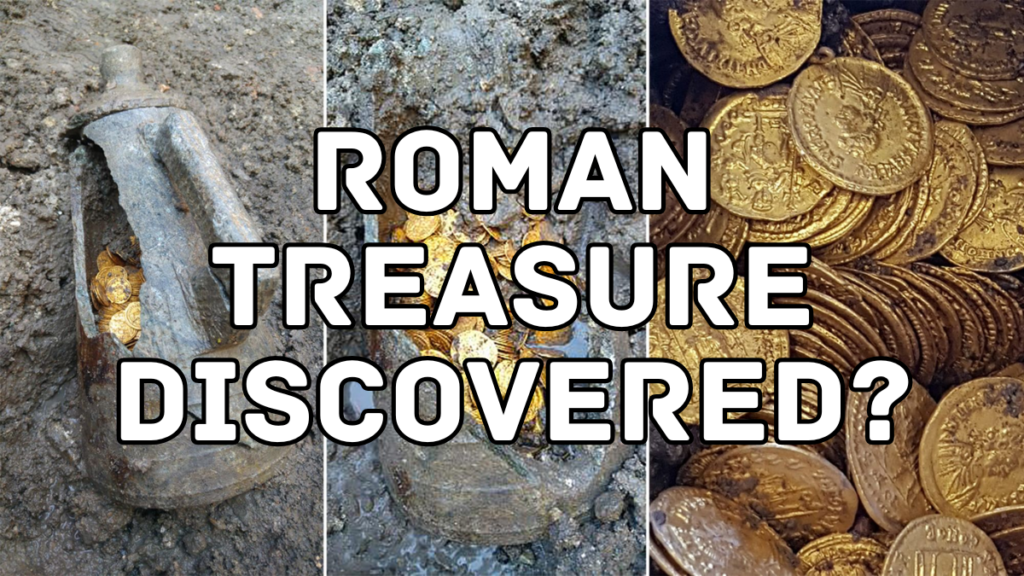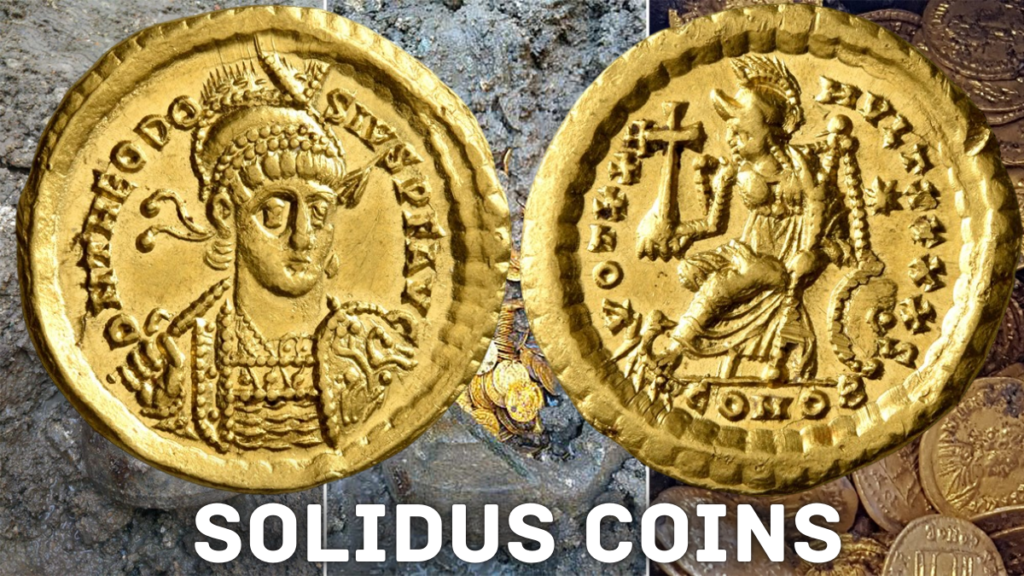This 1,700-12 months-old treasure of the Romans is an great
Surprising from northern Luxembourg is the 1,700 year antique Roman treasure that holds uncommon gold coin as part of it. This treasure tells approximately the remaining vibrant years of the Western Roman Empire. A collection of 141 stable gold coins minted among 364 AD to 408 AD. Given most coins with photos of well-known Roman emperors of that point, different three coins are counted as rare, as images of the Emperor Eugenius are revealed on them.
Reign of Eugenius become extraordinarily brief and quite a socio-political controversy, so history does no longer pay a great deal heed to him. But, this discovery also gave an expertise of the monetary system and political instability within the Roman Empire, in addition to of the critical non secular and social chaos of that unique time. Well, letting you now know all about this enigmatic treasure.
How was the Roman treasure discovered?

Archaeologists discovered this brilliant treasure inside the stunning village of Holzthum in Luxembourg, which became buried below the floor for about thousand years. This treasure became observed by using a group of the National Archaeological Research Institute (INRA) of Luxembourg near the ruins of a small castle.
The coins observed in this treasure are called Solidus, which had been famous for his or her purity and reliability. Introduced inside the fourth century, these gold coins performed an critical role in keeping the financial balance of the Roman Empire. Pictures of 8 Roman emperors are engraved on them, which reflect the political structure of that point.
Eugenius: A forgotten emperor
Among the coins found in the treasure, three coins are the most unique and rare, because they bear the image of the Roman emperor Eugenius. Eugenius was emperor of the Western Roman Empire for only two years (392-394 AD). He was originally a teacher and court official, but he came to power after the mysterious death of Valentinian II.
Eugenius had the support of a powerful general and tried to prove his power legitimate. But he was opposed by the Eastern Roman Emperor Theodosius I. Theodosius supported Christianity, while Eugenius was accused of being soft towards traditional Roman religion (Paganism.
In 394 AD the “Battle of Frigidus” took place, in which Theodosius defeated Eugenius and he was killed. Due to his untimely death, Eugenius’ coins became extremely rare, which gives this treasure even more historical importance.
Why this treasure is important
This discovery is historically very important for several reasons:
1. A glimpse into the ultimate years of the Roman Empire
These coins display us that the Roman Empire became going thru political instability, civil conflict and cultural modifications in the fourth and 5th centuries. The examine of coins enables in knowledge the complicated occasions that brought about the autumn of the Western Roman Empire.
2. Rare Eugenius coins
Due to the brevity of Eugenius’ reign, his coins had been found very not often. This discovery gives evidence of his existence and enables in higher knowledge his ruling style, rules and the politics of the Roman Empire.
3. Historical treasure located inside the proper vicinity
Often archaeological discoveries are stolen by means of looters or unearthed informally, leaving their records unknown. But this treasure became discovered from its authentic area, giving archaeologists a danger to understand its correct historic context.
Solidus coins: The backbone of the Roman economy

The coins found in this treasure are gold coins called Solidus, whose name is derived from the Latin word “Solidus”, which means strong and reliable.
These coins were issued by Emperor Constantine I in the fourth century. Each solidus coin weighed about 4.5 grams and was made of almost pure gold. These coins were valid throughout the Mediterranean region and were a symbol of the economic stability of the Roman Empire.
Challenges faced in the search for treasure
Excavation of this treasure was not easy. During its excavation, two major dangers came to the fore:
- Explosive material of World War II
The place where the treasure was excavated was a battlefield during World War II. There could be old bombs and landmines under the ground, so the help of the Luxembourg Army’s Mine Action Service (SEDAL) was taken for the excavation. - Safety of the treasure
Precious treasures have been looted by thieves many times in history. To ensure the safety of this treasure, its discovery was kept secret for four years, so that it could be thoroughly studied scientifically.
Unique features of this discovery
This treasure is very special because of its completeness and excellent preservation. Usually archaeologists find scattered pieces of such coins, but here the entire treasure was found in perfect condition.
According to Luxembourg’s Culture Minister Eric Thill, this discovery will give us a better understanding of the last years of the Roman Empire. It sheds new light on the economic, political and cultural conditions of that period.
Price and historical importance of this treasure
The estimated price of this treasure is around $322,000 (about Rs 2.7 crore), but its real value lies in the stories and historical evidence that it tells us.
Key points:
- Rare coins of Eugenius: These coins are extremely important from a historical point of view.
- Economy of the Roman Empire: This discovery shows how the economy of the Roman Empire continued to function strongly despite political crises.
Conclusion: A priceless treasure from history
This 1,700-year-old Roman treasure is not just a discovery, but a window into history that gives us a glimpse into the last days of the Western Roman Empire. It tells us that many mysteries in history are still buried under the ground, which could be revealed any day!
FAQs
What is the Roman hoard discovered in Luxembourg?
A collection of 141 gold coins from A.D. 364-408, found near a Roman fort in Holzthum, Luxembourg.
Why is this hoard significant?
It provides insight into the late Roman Empire’s economy, political struggles, and rare depictions of Emperor Eugenius.
Who was Eugenius?
A short-lived Western Roman emperor (392-394) backed by a general but defeated by Theodosius I at the Battle of Frigidus.


